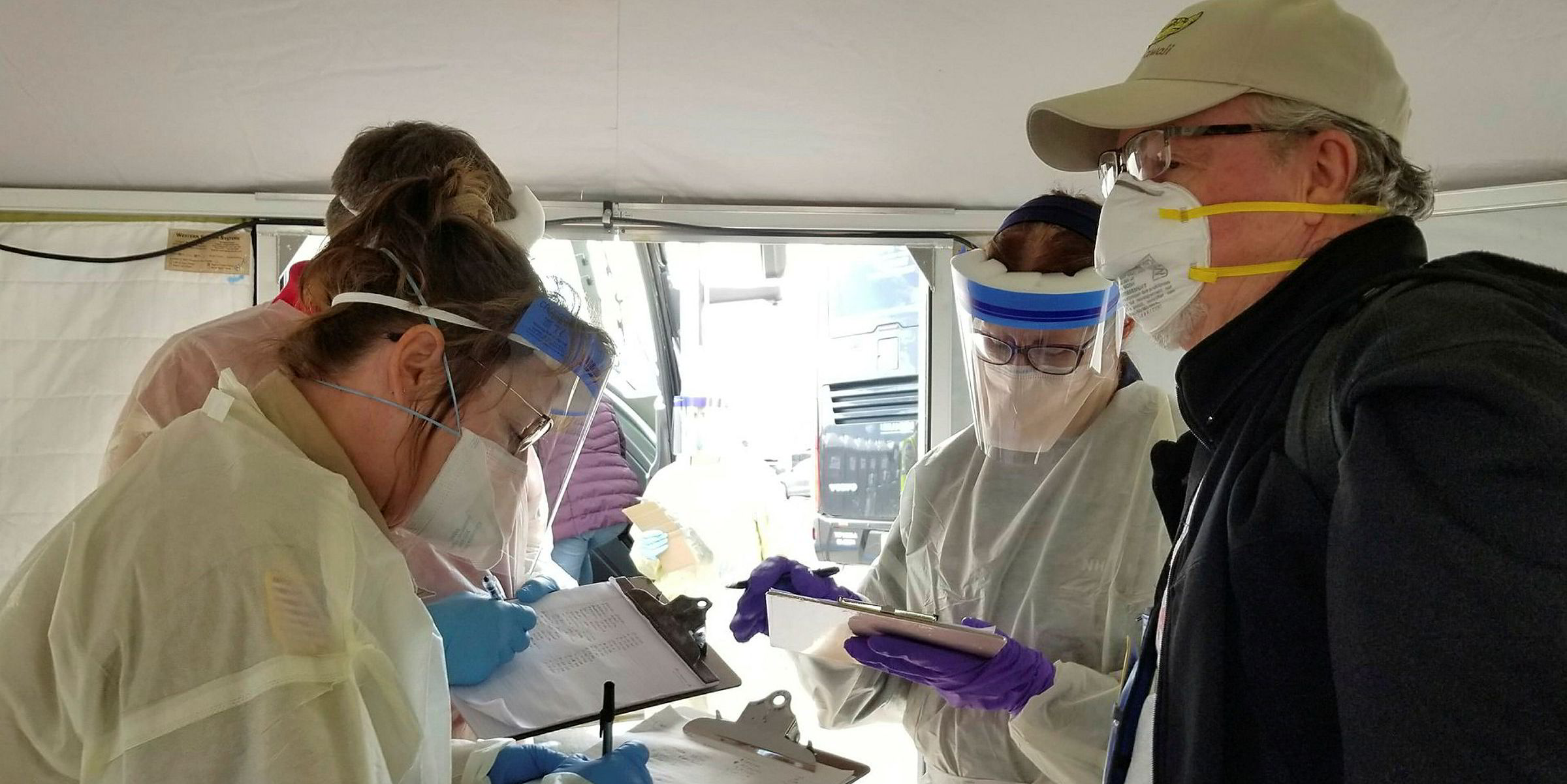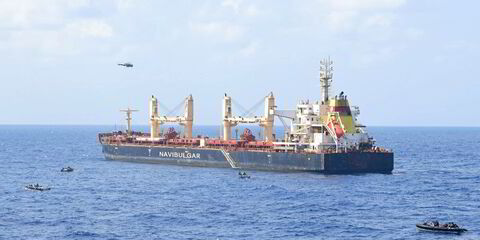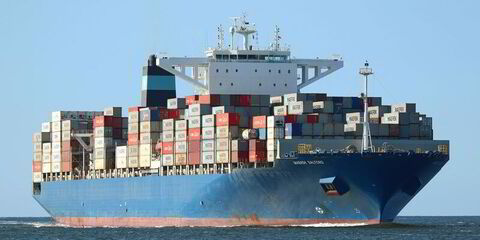The Covid-19 outbreak on the cruiseship Diamond Princess in Yokohama in February dealt the cruise industry a deadly blow. Passengers were confined to their cabins, yet, despite these precautions, the virus spread through the vessel at a rapid pace.
As outbreaks spread across other cruiseships, the cruise industry’s reputation was left in tatters. The public began to perceive them as floating petri dishes of disease — a view shared by health authorities in many countries, who cautioned that they were unsafe during the pandemic and issued outright bans.
A major industry-wide effort is now underway to make cruiseships safer, and technology is expected to play a major role.
Mattias Jorgensen, vice president of business development at Finnish naval architect Foreship, which specialises in cruiseships and ferries, acknowledged that such technologies will play a critical role in making passenger-carrying ships safer — but only as part of a wider process.
“There are a lot of new technologies, but I think it is important to realise that there is no one silver bullet," he said. "There needs to still be a multitude of measures employed to actually get to where you want to be in your overall safety.”
Tracking virus flow
Jorgensen argued that an analytical approach to how a virus spreads around a vessel is key to making ships safer.
Before an operator goes out and buys all the latest technology, he said each ship in its fleet needs a hazard and operability (HAZOP) analysis.
“The transmittal of a virus is just a flow," Jorgensen said. "It is a flow that can be analysed as well as any other type of flow on board a vessel. All the sequences it goes through ends up in a flow and, when you analyse it, you can help mitigate it by using different kinds of functions to prevent cross-contamination.
“Analysing each of the vessels individually is also vital because every vessel is unique and works in a different type of way. We have to look at everything, from how people board it, how they gather on it and how they disembark.
“You can have the same goal and methodology, but you can’t have one template and use it across the board.”
A HAZOP analysis would allow a better determination of what changes need to take place on board, and what technologies are best suited. This would then be followed by engineering work, installation, commissioning and, finally, verification.
Tapping technology

Danish naval architect company Knud E Hansen — an outfit that has designed numerous cruiseships and ferries since 1937 — recently released a concept design for an expedition cruiseship detailing how technology can help mitigate the spread of a virus on board.
The concept vessel — named Phoenix World Village — was a collaborative effort that brought together experts to manage disease prevention and control.
State-of-the-art facilities and protocols will result in a ship that its architects claim would be safe, clean and efficient.
The concept includes high-efficiency heating, ventilation, and air conditioning systems featuring high-efficiency particulate air filters that can remove at least 99.97% of airborne particles at 0.3 microns in diameter, combined with airborne and surface disinfection technology.
Jorgensen said features such as those on the Phoenix World Village are effective, but need to be part of a larger overall concept that also covers operating processes and people flows in terminals and on board.
Other industry observers suggest that the entire design of passenger-carrying vessels may need a makeover.
Dr Bruce Peter, a professor at the Glasgow School of Art, who has studied cruiseship and ferry design extensively, said he believes that if the Covid-19 pandemic continues, and the virus becomes established, ships will need lower densities and more compartmentalised planning and access to fresh air in the interior.
“Trains used to have compartments rather than open saloons; banks and post offices had plate glass partitions at the counters, and houses had separate rooms," he said. "We may be going back to that approach if this doesn't disappear soon.”
Changes in the general arrangement plans and layouts of ships may change, but Jorgensen cautioned that it is still early days for the design phase — and design changes on how people interact on board would have to take into account the expectations of cruise passengers.
“It is important not to forget the experience factor," he said. "How we implement the measures we need to employ, but still make the ship exciting — that is the big question. It will be a challenge.”







